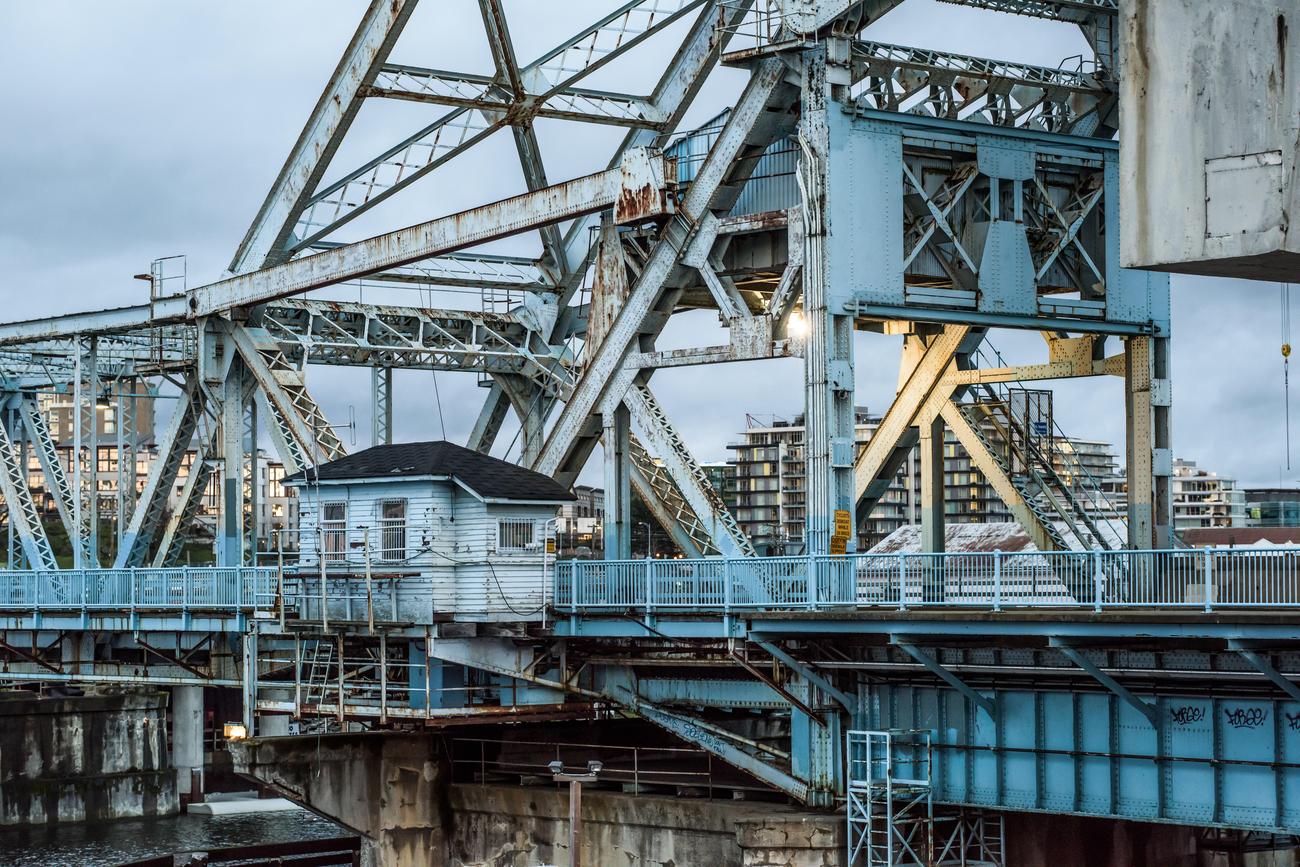Steel is the unsung hero of the modern world. It is the backbone that supports our towering skyscrapers, the strength that spans our massive bridges, and the foundation that carries the weight of our ever-expanding infrastructure. With its remarkable strength and versatility, steel plays a pivotal role in ensuring the safety and efficiency of our built environment. In this article, we will delve into the remarkable significance of steel in infrastructure, exploring the groundbreaking innovations and enduring impact it has on the world we live in.

The Remarkable Significance of Steel in Infrastructure
In the world of construction and infrastructure, there is a material that stands tall above the rest – steel. With its unmatched strength, adaptability, and sustainability, steel plays a vital role in shaping our modern world. From towering skyscrapers to sturdy bridges, steel has become the backbone of our vital infrastructure, offering high performance and reliability in projects where endurance is key. Let’s explore the remarkable significance of steel in infrastructure and delve into why it is the material of choice for numerous construction applications.
When it comes to infrastructure development, time is of the essence. The speed of construction is crucial, and that’s where steel takes the lead. Its quick installation process minimizes disruption and can even eliminate it completely. Unlike other materials, steel allows for efficient and precise construction, saving both time and resources. With steel, projects can be completed in record time, ensuring that crucial infrastructure is built quickly and effectively. As the saying goes, time is money, and steel is the ultimate time-saver in the world of construction.
But it’s not just about speed; steel’s adaptability is what truly sets it apart. Its inherent flexibility allows for the construction of intricate and challenging designs that other materials simply cannot handle. Whether it’s the creation of complex curves or the incorporation of innovative architectural features, steel can be molded to suit any project’s unique requirements. With steel, architects and engineers can bring their creative visions to life without compromising on structural integrity. It’s like having a versatile building material that can adapt to any design challenge thrown its way.
Beyond its speed and adaptability, steel also offers unrivaled strength, making it the go-to choice for infrastructure projects. The remarkable strength of steel ensures the long-term durability of structures, guaranteeing their ability to withstand the test of time. From bridges enduring heavy traffic loads to skyscrapers standing tall against the forces of nature, steel provides the ultimate support and stability. It’s no wonder that steel has become synonymous with reliability in the world of construction and infrastructure.
But the significance of steel in infrastructure goes beyond its engineering prowess. It plays a crucial role in global economic development as well. The construction and infrastructure sectors heavily rely on steel, accounting for more than 50% of world steel demand. The steel industry has a significant impact on global GDP, fueling a market valued at around $11 trillion, with expectations to grow to $14 trillion by 2025. Not only does steel contribute to economic prosperity, but it also enables a wide range of industries and helps drive global development.
Furthermore, steel’s sustainability credentials contribute to its exceptional significance in infrastructure. As a material, steel is highly recyclable, reducing waste and carbon emissions. It is crucial for the development of sustainable buildings and infrastructure, aligning with our growing focus on environmental responsibility. Steel’s sustainability not only benefits the present but also ensures a greener future for generations to come.
To sum it up, steel is much more than just a building material; it’s the backbone of our vital infrastructure. Its remarkable significance lies not only in its strength and flexibility but also in its ability to drive economic growth and contribute to sustainable development. From the speed of construction to the durability of structures, steel has proven time and again to be the material of choice. So, the next time you walk across a bridge or gaze up at a skyscraper, remember the remarkable significance of steel that holds them together.
“Steel’s strength and adaptability make it an indispensable material in infrastructure projects, ensuring the endurance and flexibility needed for our modern world.”
Steel industry is one of the most fascinating industries in the world. You won’t believe the incredible facts about steel that we have uncovered! From its ancient origins to its modern-day applications, steel has played an integral role in shaping our world. If you are curious to learn more about this remarkable industry, click here for some mind-blowing facts about the steel industry: Facts About Steel Industry. Brace yourself for a journey through time and discover the secrets behind the strength and resilience of steel. Don’t miss out on this opportunity to expand your knowledge and deepen your appreciation for the steel industry.
FAQ
Question 1
What makes steel the backbone of vital infrastructure projects?
Answer 1
Steel offers high fatigue performance and reliability, making it capable of withstanding the test of time in projects where endurance is key. It provides the necessary strength and versatility to support diverse infrastructure projects such as skyscrapers and bridges.
Question 2
In what ways is steel adaptable for construction projects?
Answer 2
Steel is highly adaptable and can be used in varied and challenging construction projects. Its flexibility allows for innovative designs and efficient construction methods, making it an ideal choice for complex structures.
Question 3
How does the use of steel minimize disruption in construction projects?
Answer 3
The speed of construction with steel minimizes disruption and can even eliminate it completely. Compared to other materials, steel structures can be erected quickly, reducing the time required for construction and limiting disruptions to surrounding areas.
Question 4
What makes steel a sustainable material for buildings and infrastructure?
Answer 4
Steel is a sustainable material that is crucial for the development of buildings and infrastructure. It is highly recyclable, with a large percentage of steel being made from recycled sources. Additionally, steel’s durability and long lifespan contribute to its sustainability by reducing the need for frequent replacements.
Question 5
How does the steel industry contribute to global GDP and economic development?
Answer 5
The steel industry has a significant impact on global GDP and economic development, especially in the construction and infrastructure sectors. Construction, which accounts for more than 50% of world steel demand, relies heavily on steel for its strength and flexibility. The support of global construction fuels a market valued at around $11 trillion, which is expected to grow to $14 trillion by 2025.












